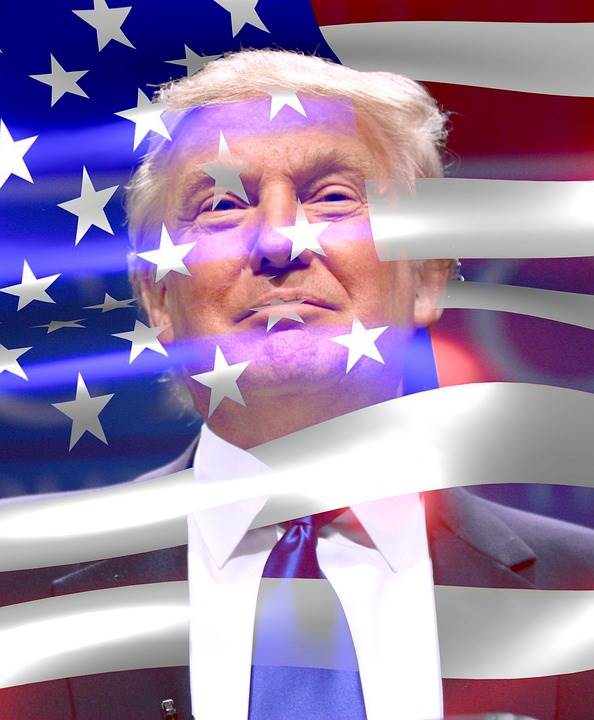Trump came, he saw, he tempered his speech but he didn’t truly conquer. In yesterday’s speech, he alluded to a forthcoming proposal of strong tax cuts but provided no details whatsoever. Ironically, the USD was already rallying anyway following public comments from two members of the FOMC which strongly implied a rate hike was going to happen this month. Markets are now showing implied odds of a 60% probability that the FOMC will raise the Base Rate by 0.25% to 1% later this month.
The boosted USD made most headway against the Japanese Yen and New Zealand Dollar. The move against the Yen was especially surprising as it has been against the grain of almost all the medium-term action in the USD/JPY currency pair. The strong advance against the New Zealand Dollar is more evidence of the weakening of this currency over recent weeks. Much of the action, reasonably enough, took place during the Asian session. After London opened, the British Pound also fell sharply against the greenback, by about 0.5% within a single hour. The fact that British Manufacturing numbers came in below expectations a couple of hours previously probably didn’t help the Pound.
The U.S. Dollar is the main driver of the Forex market. Internalizing this fact is something that can be a big help to an aspiring trader, who often make the mistake of looking at 20 or 30 different currency crosses and trying to trade them all. You can make life much easier by just following the major currencies against the U.S. Dollar most of the time – these currency pairs usually give clearer and better trading opportunities. I mention this as there are signs that the greenback is on the move again, which is good news for a Forex market which has been largely moribund during the past few weeks.

